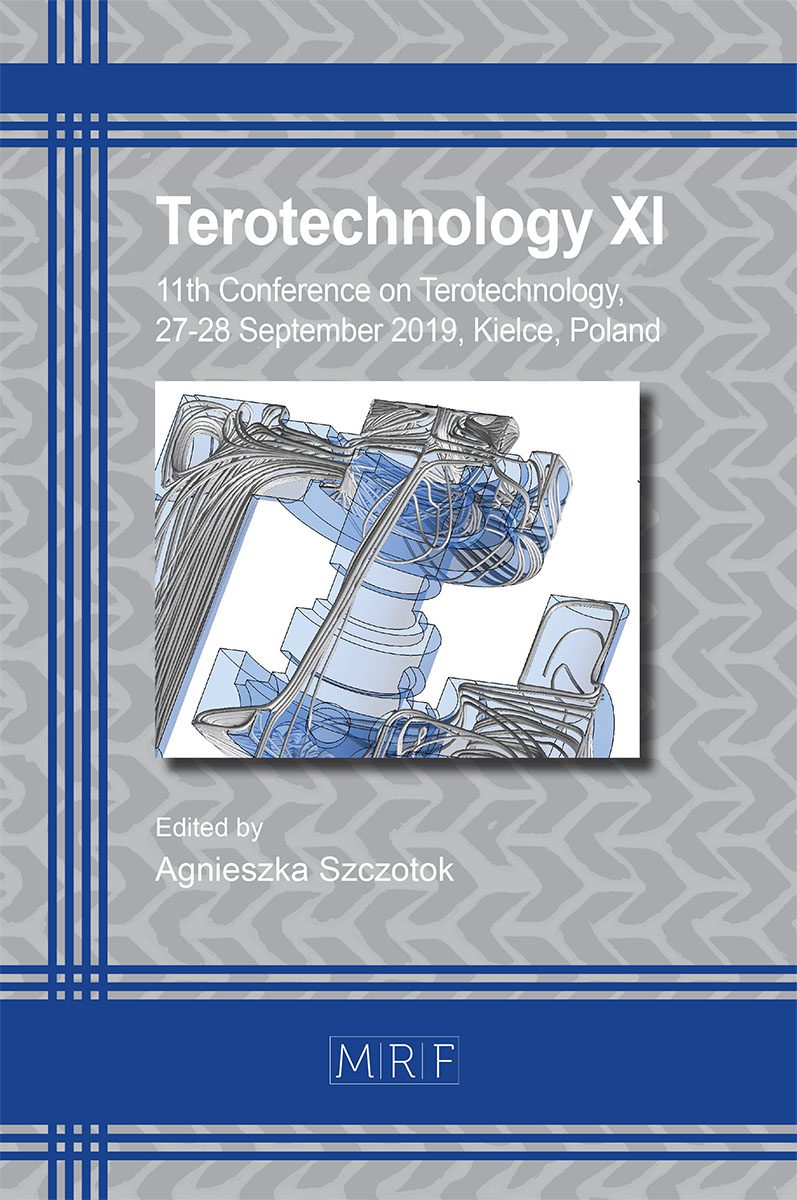The Laboratory Tests of the Embedded Block System with High Vertical Elasticity
ANTOLIK Łukasz and SIWIEC Jakub
download PDFAbstract. The resilient system that fastens rail to the ground is a very responsible element of the railroad track construction. This article discusses the function characteristics of an embedded block system (EBS) with high vertical flexibility, a range of the product application, methods of mechanical tests carried out in the laboratory and criteria of the tests result approval.
Keywords
Fastening System, Embedded Block System, Slab Track
Published online , 6 pages
Copyright © 2020 by the author(s)
Published under license by Materials Research Forum LLC., Millersville PA, USA
Citation: ANTOLIK Łukasz and SIWIEC Jakub, The Laboratory Tests of the Embedded Block System with High Vertical Elasticity, Materials Research Proceedings, Vol. 17, pp 240-245, 2020
DOI: https://doi.org/10.21741/9781644901038-35
The article was published as article 35 of the book Terotechnology XI
![]() Content from this work may be used under the terms of the Creative Commons Attribution 3.0 licence. Any further distribution of this work must maintain attribution to the author(s) and the title of the work, journal citation and DOI.
Content from this work may be used under the terms of the Creative Commons Attribution 3.0 licence. Any further distribution of this work must maintain attribution to the author(s) and the title of the work, journal citation and DOI.
References
[1] Chudyba Ł.: Fastening systems to concrete sleepers – comparison of the operating characteristics of fastening systems SB and W14, Przegląd Komunikacyjny no. 11, Warszawa 2017, pp. 27 – 32. https://doi.org/10.35117/A_ENG_17_11_05
[2] European Commission: Commission Regulation No. 1299/2014: on the technical specifications for interoperability relating to the ‘infrastructure’ subsystem of the rail system in the European Union, Brussels 2014
[3] EN 13481-5+A1:2017: Railway applications − Track − Performance requirements for fastening systems − Part 5: Fastening systems for slab track with rail on the surface or rail embedded in a channel.
[4] EN 13146-7:2012: Railway applications – Track – Test methods for fastening systems – Part 7: Determination of clamping force
[5] EN 13146-1+A1:2014 Railway applications – Track – Test methods for fastening systems – Part 1: Determination of longitudinal rail restraint
[6] EN 13146-9+A1:2011: Railway applications – Track – Test methods for fastening systems – Part 9: Determination of stiffness.
[7] Ł. Antolik: Wpływ przekładki podszynowej na pracę systemu przytwierdzenia typu SB, Problemy Kolejnictwa nr 177, Instytut Kolejnictwa, Warszawa 2017, pp. 712. https://doi.org/10.36137/1771p
[8] Id-14 (D-75) Instrukcja o dokonywaniu pomiarów, badań i oceny stanu torów, PKP Polskie Linie Kolejowe, Warszawa 2005
[9] H. Bałuch: Odchyłki dopuszczalne torów według normy europejskiej i wynikające stąd problemy, Technika Transportu Szynowego nr 6, Warszawa 2009, pp. 53 – 58
[10] Lakušić S., Haladin I. Ahac. M. The Effect of Rail Fastening System Modifications on Tram Traffic Noise and Vibration. Hindawi Publishing Corporation Shock and Vibration Volume 2016, Article ID 4671302, 15 pages. https://doi.org/10.1155/2016/4671302












